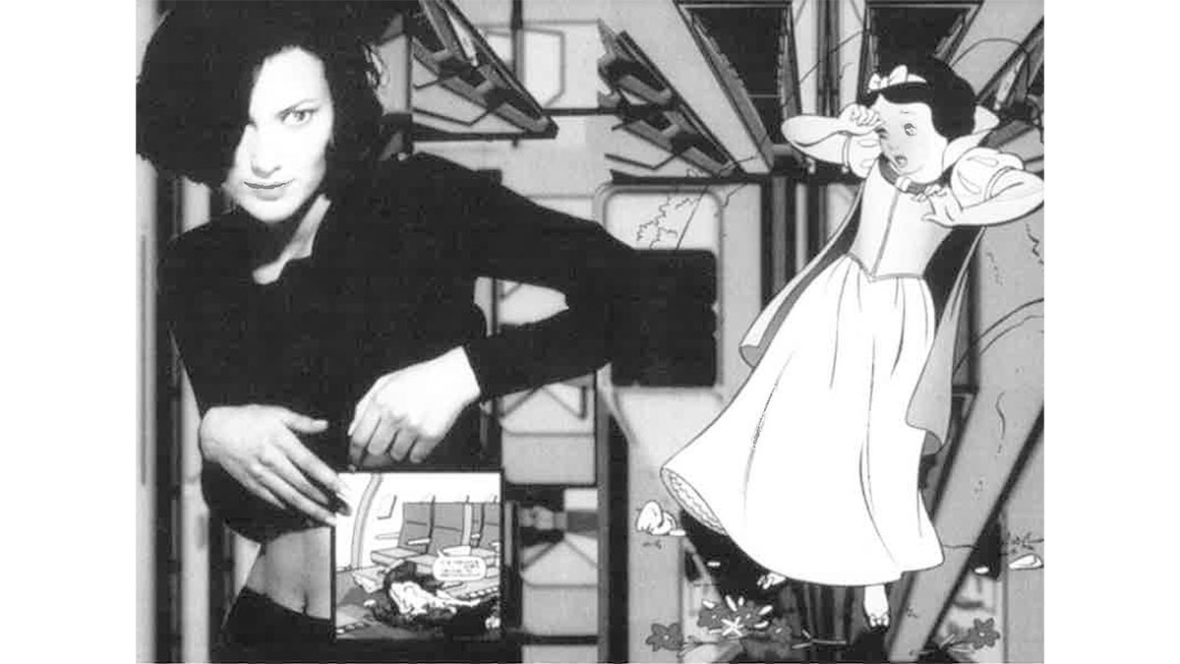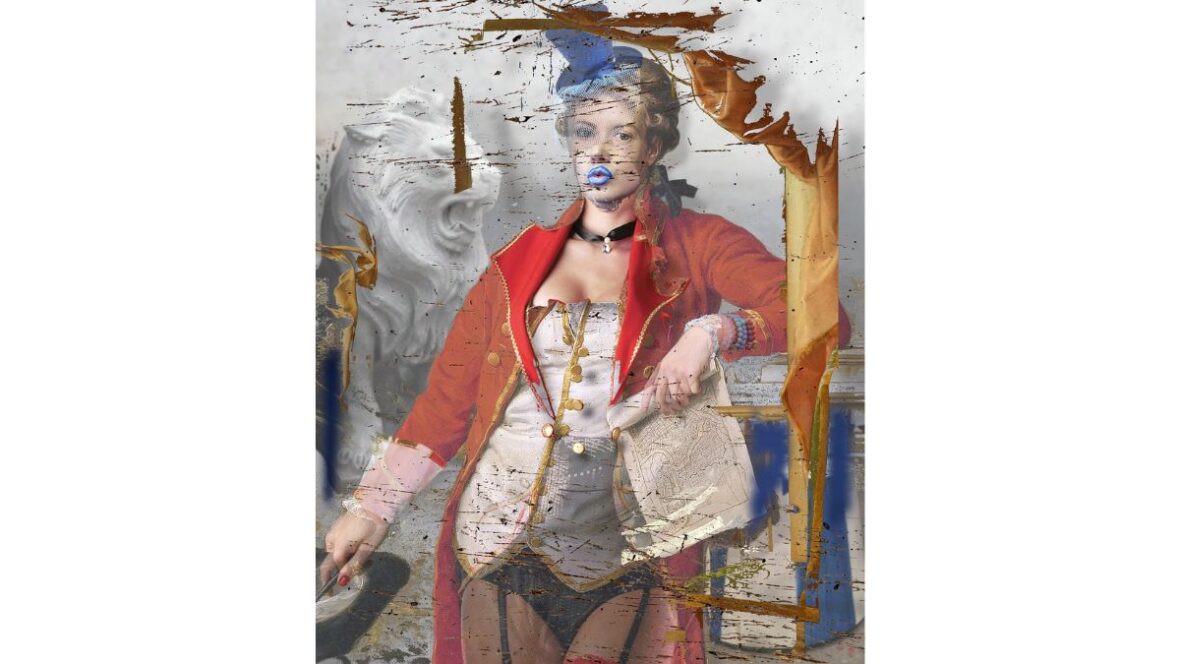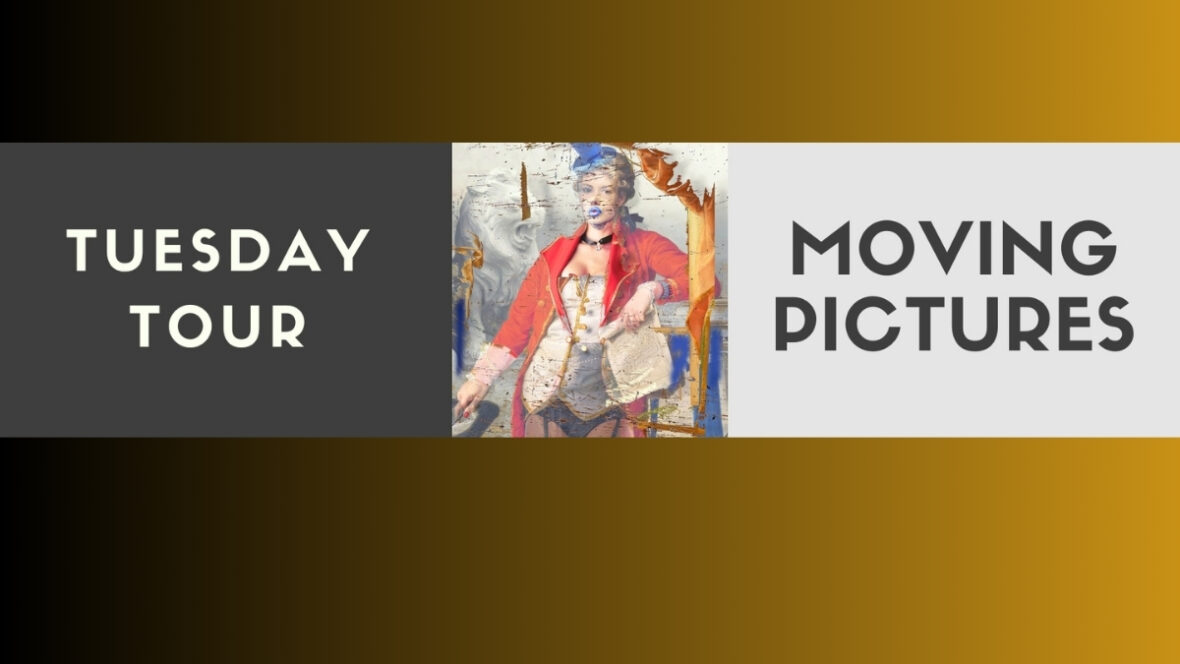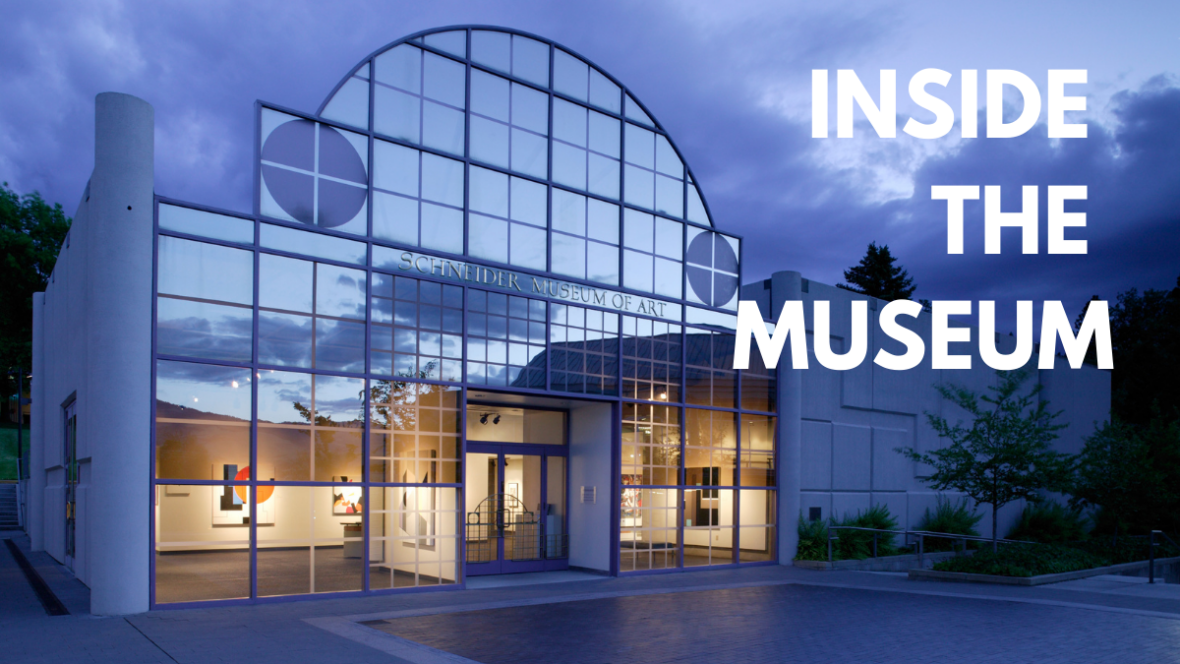Digital Frontiers:
Photograph’s Future at Nash Editions
Curatorial Essay
George Eastman House dedicated 1998 to exhibitions that addressed cultural, aesthetic, and technical issues currently confronted or espoused by contemporary photography and its practitioners. The first of these exhibitions, Digital Frontiers: Photography’s Future at Nash Editions surveyed the expanding realm of digital arts through ink jet prints produced at Nash Editions, a fine art print studio located in Manhattan Beach, California. Founded in 1991 by musician-photographer Graham Nash and colleague Mac Holbert, Nash Editions was the first studio to specialize exclusively in digital fine art printmaking. It quickly became a haven for photographers exploring digital technology – computers, digital software, scanners, and printers – and the ways in which this technology was inscribing a new aesthetic trajectory for photography and printmaking.
Well-versed in photography and its history as both photographer and collector, Graham Nash came to the photographic possibilities of digital fine art prints when the technology was still experimental, the software and printer as yet unavailable. Enter the Iris printer, an ink jet printer long used in commercial printing to preview an image before it reached the production press. This printer, and the subsequent development of software to translate an image into digital language the Iris printer could read, not only served as the foundation for the establishment of Nash Editions, but as a revolutionary force in advancing a future for photography closely aligned with the new frontiers of digital printmaking.
Since its origins, photography has been intertwined with printmaking, not merely because both are media of multiple reproduction, but more importantly because they are cultural systems of mass communication and information. Indeed, the visual information that permeates our lives through newspapers, magazines, advertisements, and the like are produced by photo-mechanical processes, a union of photography and printing. While this union primarily has had a commercial or informational function, photographers in the 1970s began to view photo-mechanical processes, such as screen-printing and offset lithography, as possessing great potential as fine art media. For them, these processes meant the creation of art in keeping with its time, resonant with a similarly cultural mediating and persuasive power.
In 2002, an analogous sensibility impacted the digital arts. The dominance of digital technology in mass culture, and its inextricable ties to photography and printing, represented a dynamic vehicle for artistic statements. It also denoted a further leveling of a hierarchy of techniques that distinguished the reproduction processes of mass media from traditional photography and printmaking. In ever greater measure, the arbitrary lines once separating photography from other art media are blurred, as are the lines separating art from life.
Although only seven years young, ink jet prints aggressively moved into the forefront of the digital arts. Digital printing’s popularity is marked by a proliferation of fine art print studios, an introduction into academic curricula and museum archives, and the establishment of professional publications and organizations, including the International Association of Fine Art Digital Printmakers organized in 1997. Accompanying these advancements were new printing standards and practices to ensure the stability and future of the medium. But it was a future, due to its rapid growth, that was still emerging and redefining itself with every innovation and application.
The photographers featured in Digital Frontiers are not only among the first to experiment with ink jet printing; many were among the first generation of photographers who, in the 1970s, took up reproduction technologies or subject matter born of mass media. Their attentiveness to the “new” is on one hand a way to continue extending the boundaries of traditional photographic and printmaking practices, while on the other hand an attempt to integrate wider cultural issues and themes into art photography. Their approaches, like the subjects they explore, are diverse. They range from the appropriation of imagery from mass media to the seamless montage of found or invented pictures, from reworking pre-existing photographs and negatives to experimenting with computer manipulations of pictorial form and perspective. Taken as a whole, these artists and their work point to photography’s versatility in engaging advanced forms of picture making and its ability to constantly reinvest itself for a digital future that is as inevitable as it is unknown.
-Therese Mulligan, Curator of Photography
George Eastman House
International Museum of Photography and Film Rochester, New York
Artists
Olivia Parker
Esther Parada
Joyce Neimanas
Graham Nash
Pedro Meyer
Danny Lyon
Martina Lopez
Les Krims
David Hockney
Robert Heinecken
Carol Flax
Joel Deal
Darryl Curran
Robert Cumming
Eileen Cowin
Peter Alexander



